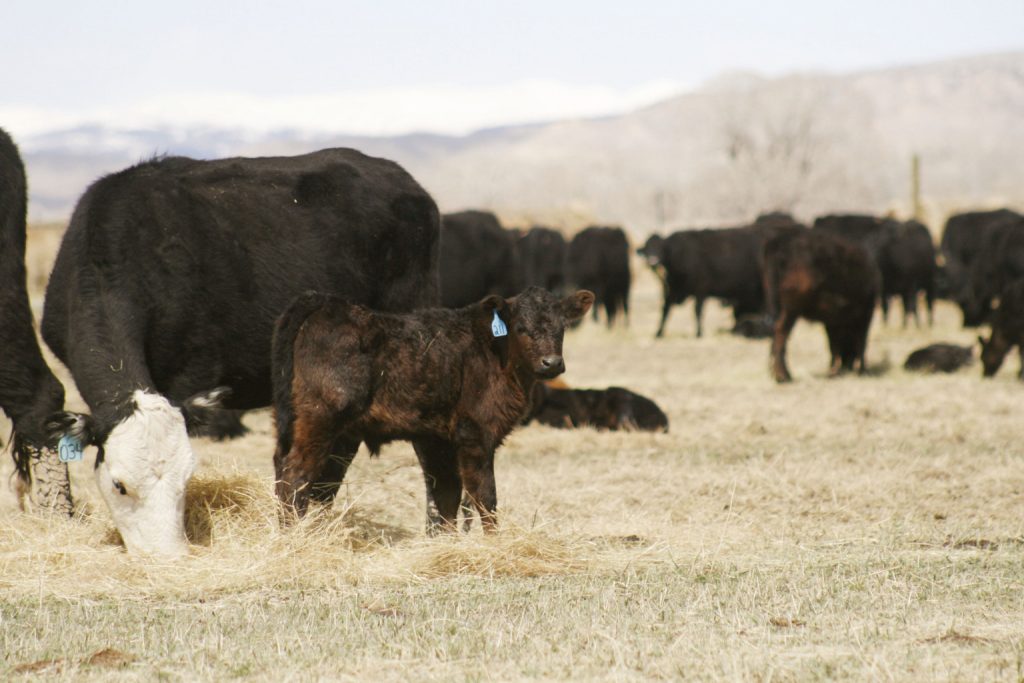Making improvements: February is the perfect time for producers to revamp their recordkeeping systems

While still in the early months of the year, Kansas State University (KSU) Beef Cattle Specialist Dr. Sandy Johnson says it is a good time for producers to revamp their recordkeeping system.
“Now is a good time to look through our books, assess if there is anything in our records that let us down last year and start making improvements,” states Johnson in the Jan. 26 episode of KSU’s Agriculture Today podcast. “The current U.S. drought map and the long-term precipitation outlook is not looking bright, so we need to be prepared with good records to make tough culling decisions.”
During the podcast, Johnson focuses on some goals for commercial cow/calf producers, noting seedstock producers will have additional production records to support more intensive selection systems.
Individual records
Johnson notes the need for various types of records ultimately depends on the goals and management system of the operation.
“The need for individual animal records for producers who sell calves at weaning and buy replacement females versus producers who raise replacements and retain ownership through harvest is going to be much different,” Johnson notes.
“For those selling their calves at weaning and buying replacements, a major goal of individual cow records should be to support culling decisions,” she says. “When the next drought forces herd reduction, they will be able to easily identify the oldest cows, those with udder problems, those with calving difficulties, light weaned calves or those with a bad disposition.”
For those raising their own replacements, Johnson says there are some additional records producers may want to consider keeping.
“My first cut on replacement selection is age,” states Johnson. “Those heifers born in the first 21 days of the calving period have the best chance to conceive earlier during their first breeding season, remain in the herd longer and wean more total pounds of calf in their lifetime.”
Keeping it simple
Johnson says in a normal year, producers can usually remember some of their worst offenders, but if a larger percentage of their herd needs to be sold, detailed records can make culling decisions easier.
She further notes there are several scoring systems producers can utilize to help keep more detailed records. One of the easiest ways for producers to do this is through a tag-notching system.
“There are ways to simplify recordkeeping for producers who don’t want to write everything down,” she explains. “Let’s say a cow is in the chute because she has trouble calving, we can simply notch her tag. If we have her back in the chute because she has trouble nursing, she gets another notch. Each notch puts her higher on the cull list, and it is up to the producer how many notches they are willing to give her before she is gone.”
She notes the notched-tag system can work for those raising their replacements this as well.
“A different colored tag or a certain amount of notches can identify heifers born after a certain point in the calving season,” says Johnson.
Herd records
While individual records are no doubt important, Johnson notes she believes it is even more important for commercial cow/calf producers to keep herd-level records.
“We feed our cattle in a group, not as individuals,” she says. “Overall herd performance is directly related to the financial side of the operation, so herd records are very important.”
Johnson explains producers should combine their herd-level records with financial information to make management decisions. This includes Jan. 1 inventory, number of cows exposed for breeding, pregnancy rates and number of calves weaned.
“With knowledge of the unit cost of production, costs and potential returns for various management choices and risk management tools can be evaluated,” she says.
Hannah Bugas is the editor of the Wyoming Livestock Roundup. Send comments on this article to roundup@wylr.net.





